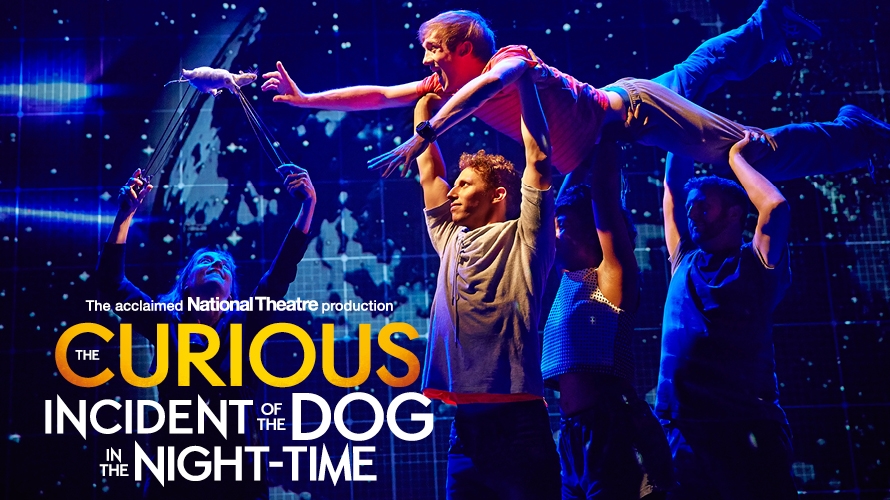Having seen 'The Curious Incident of the Dog in the Night-time' at the Gielgud Theatre, I have seen first-hand the effect Frantic Assembly have on a performance. The visuals were amazing as they transformed the hypothetical plan for main character Christopher to fly into practice and, with clever use of positioning and lighting, created a unique environment on stage and engaged the audience even further into the performance. To do this, they put one of their adapted techniques 'learning to fly', also touching on 'jet packing' as they had to create the effect that the character was floating in outer space. The positioning of Christopher also saw him above his peers and therefore higher in authority, giving him more control although he was heavily relying on the people holding him so far up.

This was also a heart-warming scene in the play as main character Christopher deals with his severe autism, and the challenges he faces in life after a dramatic turn of events at the start of the play. In many ways, this scene can symbolize the hope in the play and provides the audience with more of an insight on Christopher's intentions and how innocent the character is besides his annoying qualities.
In addition, Frantic's 'walking on walls' method was also used during the performance as the walls surrounding him throughout the play may represent inside Christopher's head as people on the autistic spectrum see things as they are and tend to be tidy and well-planned people. This is infused by the performance space being very simplistic and representing a box-like space therefore linking to how Christopher may see everyday life. 'Walking' on the walls told us that Christopher was confined only to his head and represents how he is unbound from society and usually left to his own devices. However, this says that, as the play goes on, Christopher becomes more socially understanding yet is perplexed by the very concept of it as he sees it nothing more than illusion and prefers the company of his train set.
Frantic's round-by-through was used frequently during performance to represent the obstacles Christopher had to overcome/ the things in his way or just simple as one person acting as a door to Christopher's house. However, this technique was also used effectively when Christopher would feel uncomfortable in social situations. For example, when he gets lost in London and is panicked at a train station, actors would close in on Christopher, effectively trapping him- reflecting his feelings of isolation and fear.

No comments:
Post a Comment